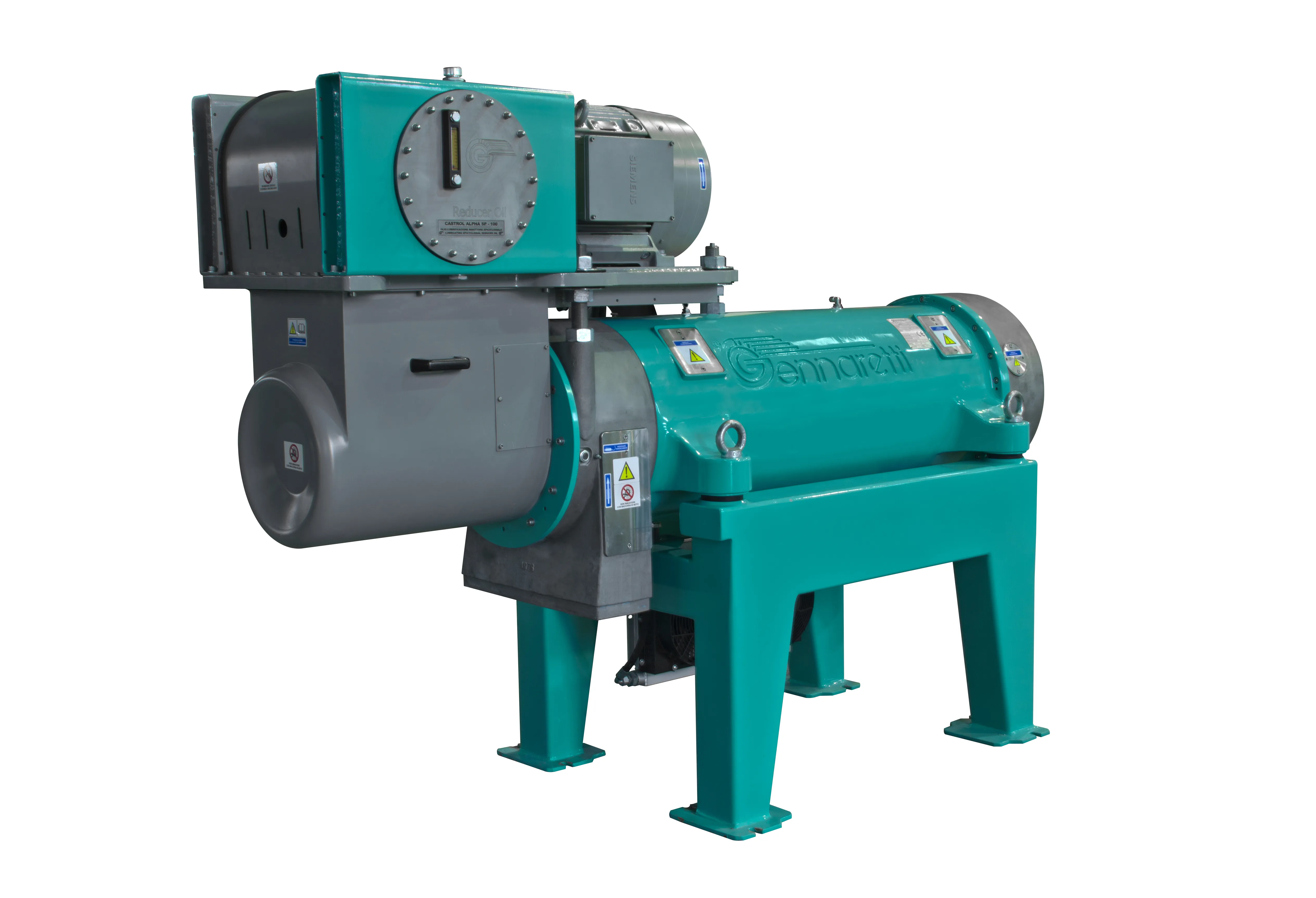In the Canadian Rocky Mountains, there was a window of opportunity of only several days before these excavators had to be out of the Kananaskis River ahead of nearby Barrier Dam releasing its water.
The provincial Alberta Whitewater Association hired local contractor Foran Equipment to bring in their equipment in to re-work the riverbed after severe flooding in June 2013 washed out the kayaking courses.
Southern parts of Alberta province suffered severe storms and massive flooding that month which devastated several small foothills towns and even the city of Calgary.
Provincial authorities held back water at the Barrier Dam while communities got to work repairing riverside and riverbed damage and beefed up flood protection systems.
Meanwhile, the Alberta Whitewater Association took the opportunity to rebuild a favourite kayaking course. “We had to work fast and efficiently because that dam’s water was going to be released no matter what,” said Chuck Lee, executive director of the Alberta Whitewater Association and in charge of the riverbed reconstruction.
Excavators arrived on flatbeds and slipped onto the river’s bed where the banking was low. They quickly set about rearranging boulders, shifting mountains of rock and mud and setting down new reinforced concrete blocks.
Objects had to be laid out so the rushing waters would create eddies, washes and currents suitable for kayak training and racing courses.
Since finishing the work, the section of the river has been used numerous times for training and races, and is also a popular weekend destination for campers.
It was June 21, 2013, when rain runoff raged down several mountains engulfing floodplains and swept away everything in its path. Especially hard hit was the small resort town of Canmore, about a 45-minute drive west of Calgary, which also suffered severe flooding to its city centre.
In Canmore, felled trees and giant boulders in the Cougar River did most of the damage, carving out an estimates 130,000m2 of the creek bed and banks. The river cut a swath through an expensive housing estate, carving out and carrying away entire million-dollar houses.
In the aftermath, the Canadian federal and Alberta provincial government poured millions of dollars into the Canmore area to improve flood protection schemes. As one Canmore land surveyor told World Highways at the time, local construction companies had never been so busy.
%$Linker:
Foran Equipment helps Kananaskis kayakers construct course
In the Canadian Rocky Mountains, there was a window of opportunity of only several days before these excavators had to be out of the Kananaskis River ahead of nearby Barrier Dam releasing its water. The provincial Alberta Whitewater Association hired local contractor Foran Equipment to bring in their equipment in to re-work the riverbed after severe flooding in June 2013 washed out the kayaking courses.
April 27, 2016
Read time: 3 mins






